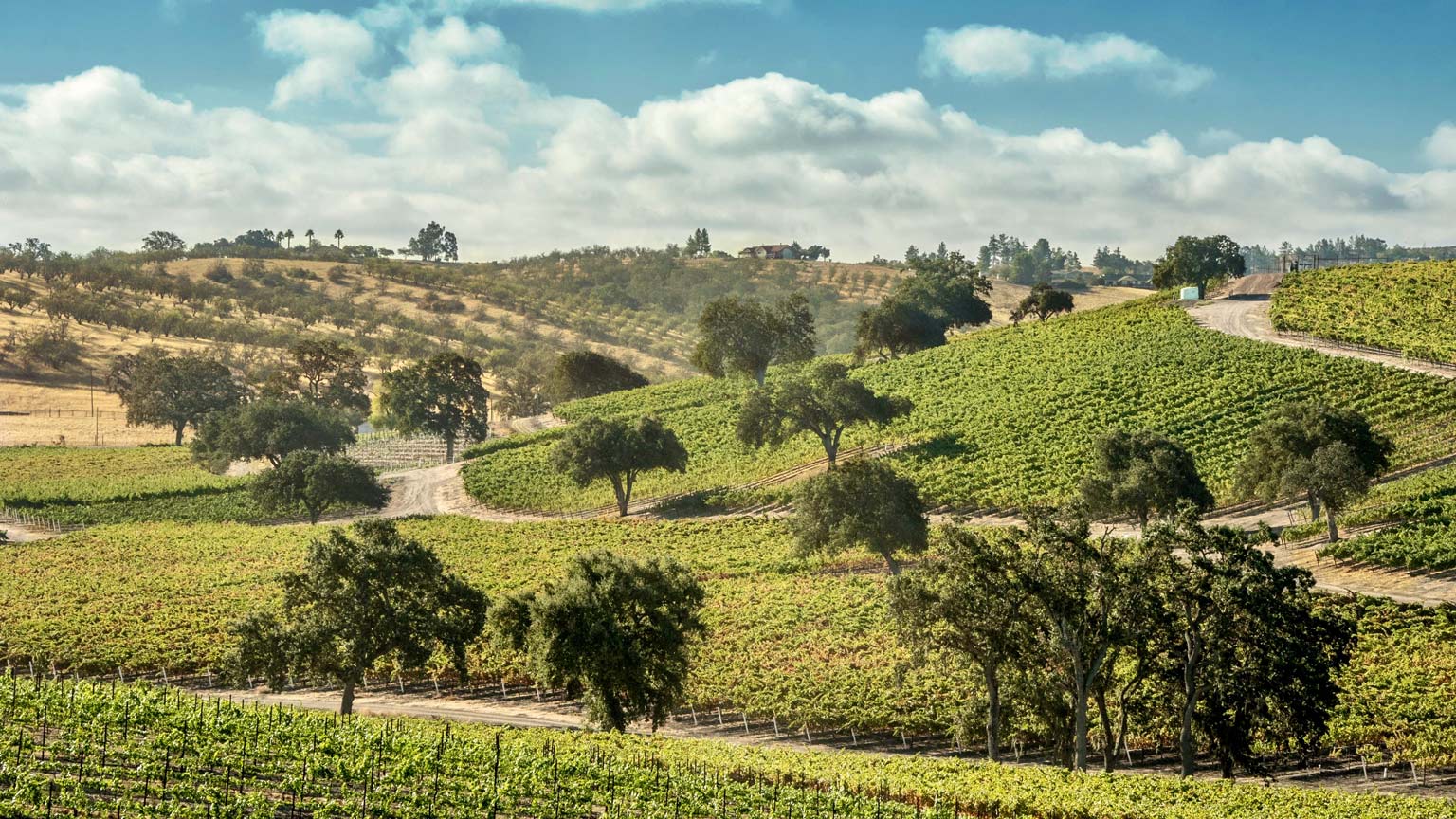Nose
The nose of the 2015 Carneros opens with rich, dark fruit aromas, which slowly give way to notes of dried flowers, pepper, and espresso bean.
Palate
The palate shows juicy and intense cherry and blackberry flavors, layered with earthier, more floral notes, giving way to a lingering spiciness.
Harvest
By 2015 California was well into its five-year drought, and we saw essentially no rain during the
summer and fall. Following the trend of 2014, budbreak was very early, and the season was well
underway by mid-March. Growers were fortunate with similar conditions in 2014, but in 2015 our
luck ran out and the early flowering in April coincided with some very unsettled weather. Seesawing
temperatures, high winds, and abrupt changes from foggy and cloudy to sunny and calm were
frequent for nearly six weeks. These wild swings led to shatter as flowering was interrupted, and
some vineyards saw crops reduced by as much as 75%. At Donum we were relatively fortunate,
averaging only about 20% loss across all blocks. This weather gave way to a fairly mild and even
summer until August, when heat returned and we saw several spikes in which temperatures
approached triple digits. This can lead to some difficult picking decisions, as it is always risky to
leave crop that is almost ripe hanging through such extreme heat. Once again we were perhaps
more fortunate than some of our colleagues, and our ripening schedule lined-up such that we
were able to harvest some blocks just before each heat spike, while the rest were able to hang
through the heat. Overall the quality was very high in 2015, and the wines have plenty of structure
indicating they should age well.
Bottling
BOTTLING DATE: January 23, 2017.
Winemaking
Thanks to the addition of our new, younger vine blocks, the harvest on the Donum Ranch was
spread over a much longer period than in years past, nearly 7 weeks in total. This meant many
different fermentations, some lasting only two weeks, and others closer to four weeks. Across lots
there were variations between the number and ratio of punchdowns and pumpovers, but in general
during the peak of fermentation the cap was punched down three times per day. Upon the
completion of primary fermentation the free-run juice was transferred to barrel where it completed
malolactic fermentation and then aged on the lees. We were originally uncertain how much of the
younger blocks would be able to make the cut for Donum, but in the end two blocks, the Dijon
667 and Pommard, proved of superior quality, and we were able to select many of these barrels
for the final blend, which were then blended with the top barrels from our older blocks of Donum
clone. The result is a wine consistent with what we have come to expect from the Donum Ranch.
Aging
77% new French Oak (Francois Frères, Cadus, Remond, Atelier, Rousseau).
Appearance
Deep ruby in color.






